Poland’s history is a captivating tale of triumph and tragedy. From its golden age as a prominent Christian kingdom to its eventual partition and disappearance, the country’s resilience has been truly remarkable. Though it faced foreign occupation for over a century, the Polish people’s unwavering spirit fueled successive nationalist movements that laid the groundwork for the country’s eventual rebirth. Today, Poland’s architectural wonders, such as the Poznan Town Hall and the Royal Castle on Przemysł Hill, stand as testaments to its rich cultural heritage. Unraveling the complexities of Poland’s remarkable journey from the heights of prosperity to the depths of adversity promises to be a captivating exploration.
Key Points
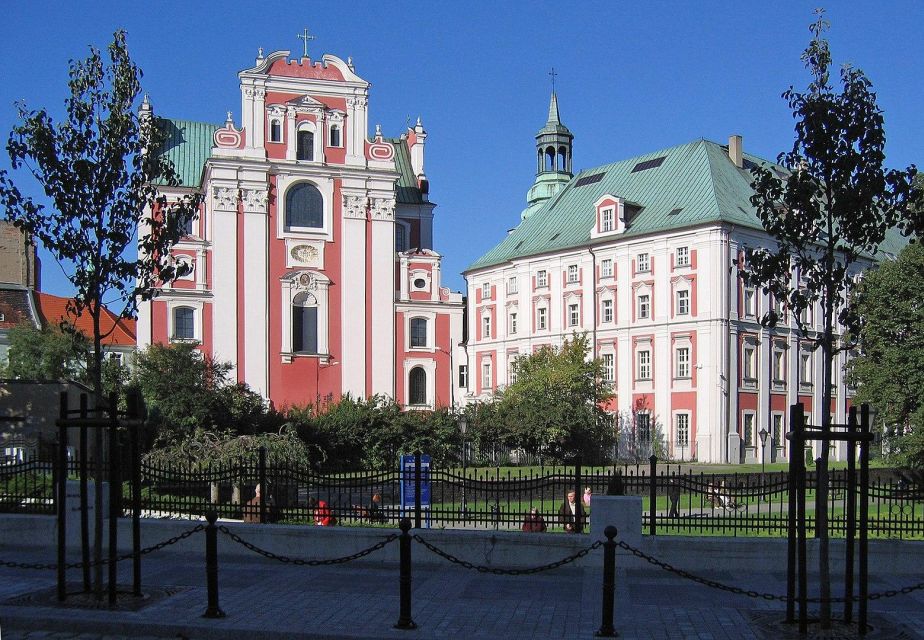
- Poland’s 15th-century Golden Age saw territorial expansion, economic prosperity, and cultural flourishing under influential kings like Casimir IV Jagiellon and Sigismund I.
- The 18th-century downfall of Poland, marked by partitions and annexation by neighboring powers, led to the country’s disappearance from the map for over a century.
- Successive Polish uprisings and nationalist movements in the late 1800s sought to restore Poland’s sovereignty, laying the groundwork for its eventual rebirth.
- The Poznan Town Hall, Royal Castle on Przemyśl Hill, and Baroque Parish Church exemplify Poland’s diverse architectural heritage and cultural resilience.
- Wolności Square and the Imperial Castle Tour serve as powerful symbols of Poland’s struggle for independence and the enduring spirit of its people.
Poland’s Golden Age
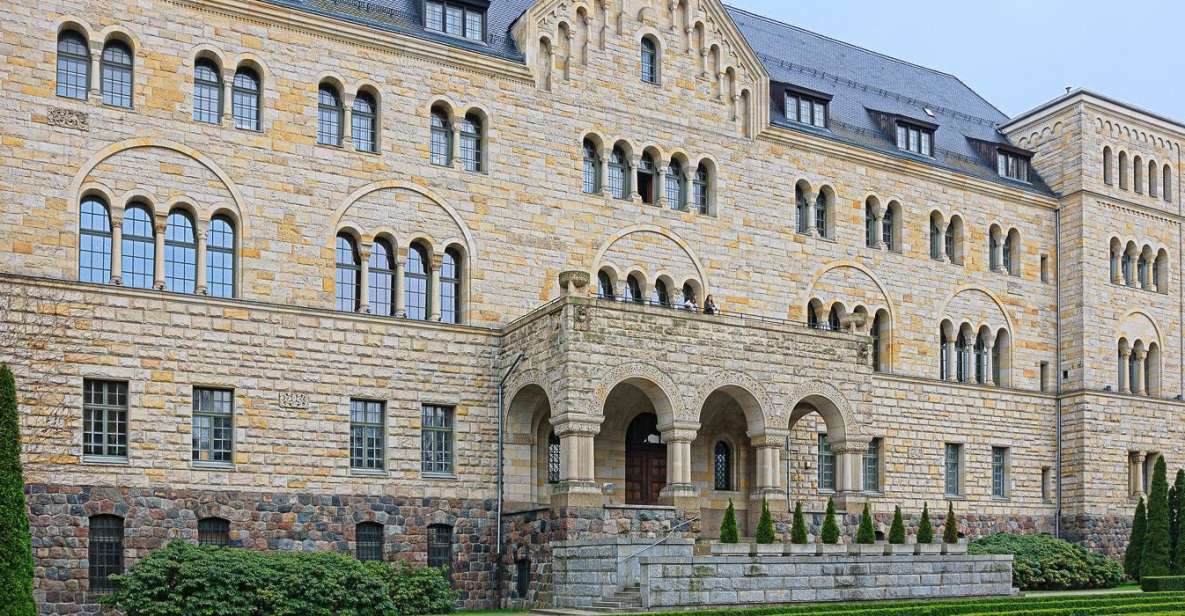
During the 15th century, Poland became the largest Christian kingdom in the world, a remarkable achievement that marked its golden age.
This period was characterized by the country’s territorial expansion, economic prosperity, and cultural flourishing. Poland’s kings, such as Casimir IV Jagiellon and Sigismund I the Old, presided over a period of political stability and diplomatic prowess.
The Polish-Lithuanian Commonwealth, formed in 1569, further consolidated the country’s power and influence.
This golden age saw the development of vibrant cities, the growth of a thriving merchant class, and the patronage of the arts, resulting in a rich architectural and literary legacy.
However, this golden era wouldn’t last, as Poland would soon face significant challenges and ultimately disappear from the map of Europe.
You can also read our reviews of more tours and experiences in Poznan.
Partition and Disappearance
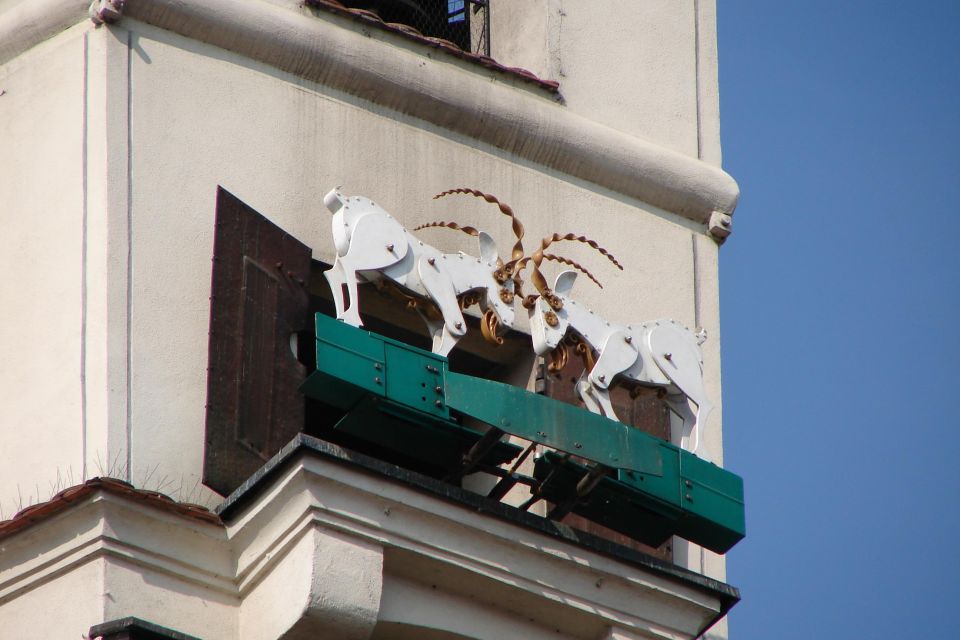
The 18th century saw Poland’s downfall as it was partitioned and ultimately disappeared from the map of Europe, a fate that stemmed from its internal political instability and the geostrategic interests of its powerful neighbors.
Plagued by constant infighting and a weak central government, Poland became an easy target for its more organized and ambitious neighbors – Russia, Prussia, and Austria.
Through a series of partitions, these powers gradually carved up and annexed Polish territory, until the country ceased to exist as an independent state in 1795.
This marked a dark chapter in Poland’s history, as the once-mighty kingdom vanished from the European stage for over a century.
Struggle for Independence
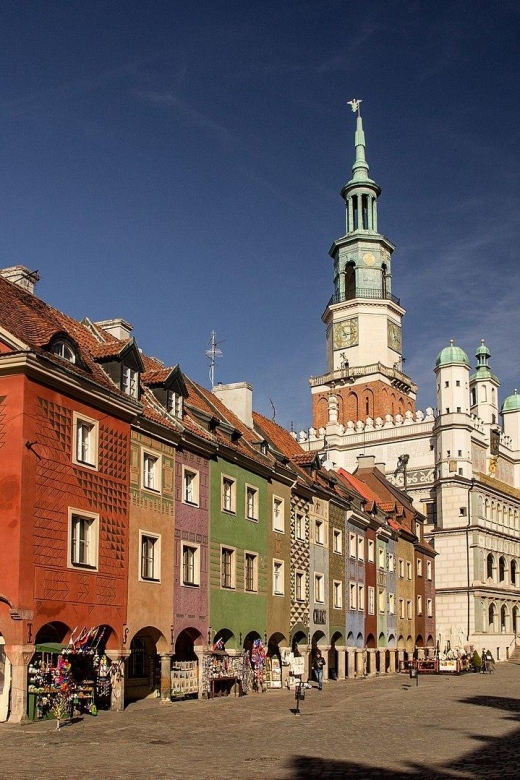
Despite Poland’s disappearance from the map, its people never gave up the fight for independence. Throughout the 19th and early 20th centuries, successive Polish uprisings and nationalist movements sought to restore the country’s sovereignty in the face of continued foreign occupation and control.
The struggle for liberty reached a fever pitch in the late 1800s, as Poles fought against the repressive policies of their Russian, Prussian, and Austrian rulers. While these efforts were ultimately crushed, they laid the groundwork for Poland’s eventual rebirth as an independent state in 1918.
The spirit of resistance and national pride never faded, setting the stage for Poland’s gradual return to the map of Europe.
Poznan Town Hall
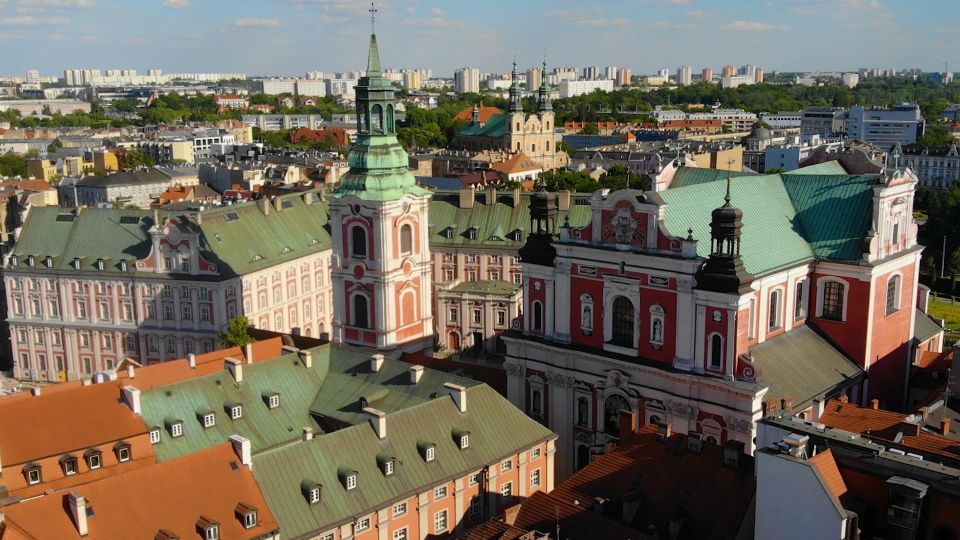
Poznan’s Town Hall stands as a stunning Renaissance architectural masterpiece, drawing visitors to its ornate façade and iconic clock tower. Constructed in the early 16th century, the Town Hall boasts an impressive blend of styles, including elements of Gothic, Renaissance, and Baroque design. Visitors can explore the impressive interiors, which feature intricate carvings, frescoes, and a grand staircase. The Town Hall also houses a museum, offering insights into the city’s rich history.
| Poznan Town Hall | ||
|---|---|---|
| Style | Renaissance | Gothic, Baroque |
| Features | Ornate facade | Iconic clock tower |
| Intricate carvings | Frescoes, grand staircase | |
| Museum | Showcases city’s history |
Royal Castle on Przemysł Hill
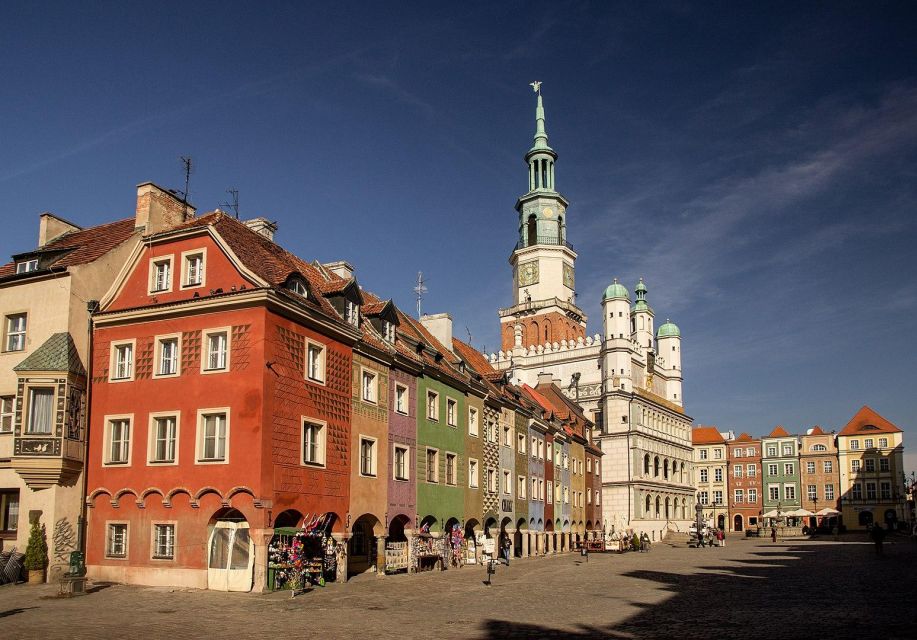
Perched atop Przemyśl Hill, the Royal Castle commands a majestic presence, serving as a testament to Poland’s storied past.
This impressive fortress was the seat of Polish kings for centuries, witnessing the nation’s rise to prominence and its subsequent decline.
The castle’s architectural styles reflect the diverse influences that shaped Poland’s history, with elements of Gothic, Renaissance, and Baroque design.
Visitors can explore the grand chambers, admire the ornate interiors, and gain insights into the country’s royal heritage.
The castle’s strategic location on the hill also offers breathtaking views of the surrounding cityscape, further enhancing the immersive experience.
Today, the Royal Castle stands as a symbol of Poland’s resilience, a reminder of its past glories, and a must-see destination for anyone exploring the rich history of this remarkable country.
Baroque Parish Church
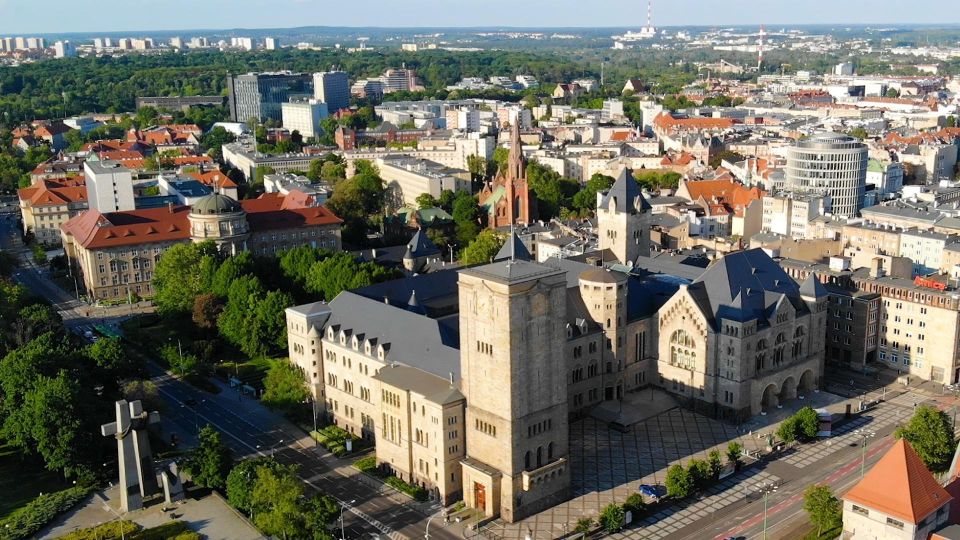
After exploring the grand Royal Castle on Przemyśl Hill, the tour takes visitors to the captivating Baroque Parish Church, a stunning architectural masterpiece that showcases Poland’s rich cultural heritage.
The church’s elaborate interior features intricate carvings, ornate altars, and breathtaking frescoes that transport visitors back in time. Sunlight streaming through the stained-glass windows casts a warm glow, creating a serene and awe-inspiring atmosphere.
Visitors can admire the church’s impressive dome and marvel at the masterful craftsmanship that went into its construction. With its ornate design and historical significance, the Baroque Parish Church is a must-see destination for anyone exploring the city’s architectural wonders.
Wolności Square
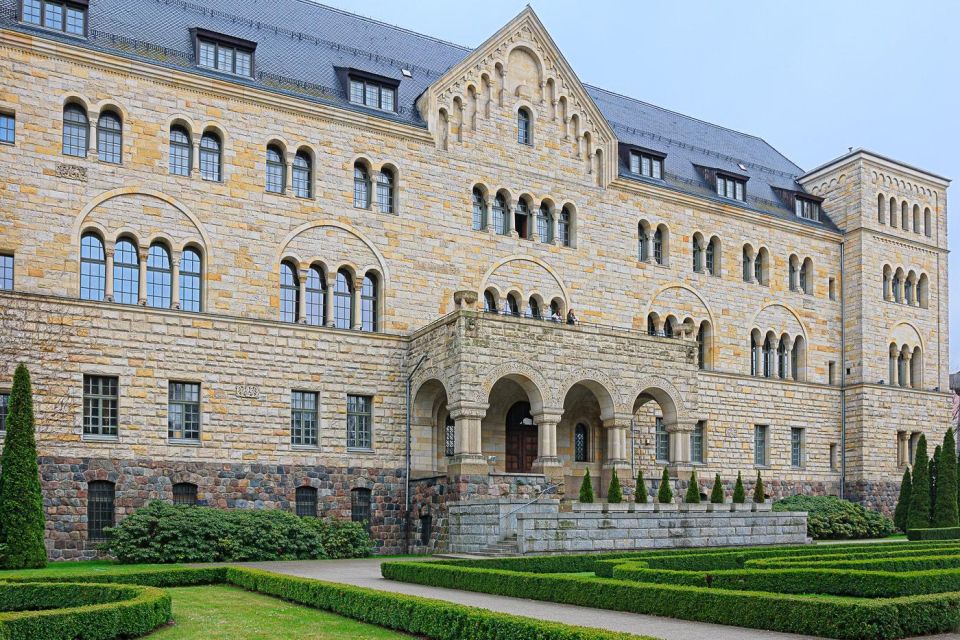
Nearby Wol nou015 bci Square, or Liberty Square, serves as a testament to Poland’s turbulent history and unwavering pursuit of independence. This expansive public space has long been a hub for civic gatherings, political demonstrations, and cultural celebrations, reflecting the nation’s enduring spirit.
Over the centuries, the square has borne witness to pivotal moments in Poland’s struggle for self-determination, from the 19th-century uprisings against foreign rule to the Solidarity movement’s peaceful resistance in the 1980s.
Today, the square continues to be a gathering place for Poles to commemorate their heritage, express their aspirations, and celebrate their hard-won freedoms. As a symbol of national pride and resilience, Wol nou015 bci Square stands as a powerful reminder of Poland’s remarkable journey from the depths of decline to the heights of rebirth.
Imperial Castle Tour
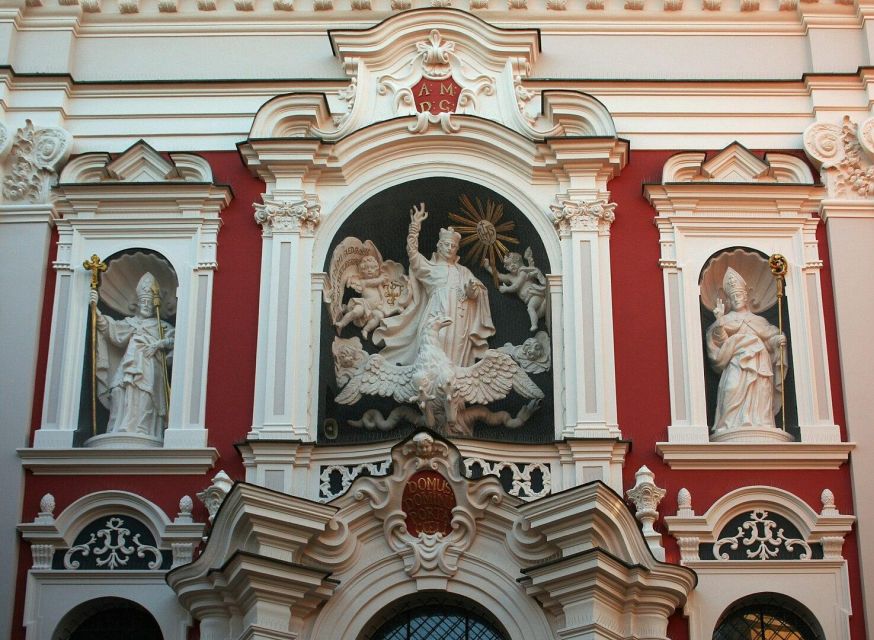
The Imperial Castle, an imposing structure atop Przemysł Hill, commands a striking presence over the historic city of Poznań.
Its grand architecture, a harmonious blend of Renaissance, Baroque, and Classicist elements, reflects Poland’s rich cultural heritage.
Visitors can explore the castle’s lavishly decorated interiors, marveling at the ornate throne room, the magnificent ballroom, and the intricate tapestries that adorn the walls.
The tour also offers a glimpse into the castle’s storied past, as guests learn about its role as a seat of power for Polish monarchs and the pivotal events that unfolded within its walls.
Frequently Asked Questions

How Did Poland Regain Its Independence After Disappearing From the Map?
Poland regained its independence after the collapse of the German, Austro-Hungarian, and Russian empires following World War I. Through nationalist movements and uprisings, Poland was able to reestablish itself as a sovereign state in 1918.
What Was the Cultural and Economic Impact of Poland’s Partition?
Poland’s partition led to a decline in its cultural and economic influence, but also sparked a nationalist movement that ultimately led to the country regaining independence and rebuilding its cultural and economic power.
How Did Poles Maintain Their National Identity During Foreign Occupation?
Despite foreign occupation, Poles maintained their national identity through preserving their language, customs, and cultural institutions like the Catholic Church. They actively resisted oppression and continued fighting for independence.
What Role Did Religion Play in the Polish Struggle for Independence?
Religion played a pivotal role in Poland’s independence struggle. The Catholic Church provided a unifying force, enabling Poles to maintain their cultural identity and resist foreign domination. It served as a sanctuary for national aspirations during periods of occupation.
What Are the Key Architectural Styles Found in Poznan’s Historic Buildings?
Poznan’s historic buildings showcase a variety of architectural styles, including Romanesque, Gothic, Renaissance, Baroque, and Classical. The city’s architecture reflects its rich history and the diverse cultural influences that have shaped the city over time.
Recap
Poland’s remarkable journey from a powerful medieval kingdom to its partition and occupation, and ultimately its rebirth as an independent nation, is a testament to its resilient spirit.
The country’s architectural treasures, such as the Poznan Town Hall and the Royal Castle on Przemysl Hill, reflect its rich history and the unwavering determination of the Polish people to preserve their cultural identity.
You can check availability for your dates here:More Tour Reviews in Poznan
- Poznan: Srodka District and Cathedral Island Private Walking Tour
- Private 3-hour Poznan Old Town Tour
- Poznan: Spy-Themed Walk & Game with Host/Guide
- Poznan Old Town and Top Attractions Private Walking Tour
- Pozna: Cathedral Island and ródka District Guided Tour
- Pozna: Discover & Play A Guided Tour with a City Game
Not for you? Here's more nearby things to do in Poznan we have reviewed
- Poznan: Srodka District and Cathedral Island Private Walking Tour
- Private 3-hour Poznan Old Town Tour
- Poznan: Spy-Themed Walk & Game with Host/Guide
- Poznan Old Town and Top Attractions Private Walking Tour
- Pozna: Cathedral Island and ródka District Guided Tour
- Pozna: Discover & Play A Guided Tour with a City Game
- Poznan private guided city tour
- Pozna: Guided Bike/E-Bike Tour with Local Attractions
- Pozna: Bike Tour of Top Highlights with a Local Guide
- Poznan: Pub Crawl with Free Club Entry
- Private Transfer From Poznan to Termy Maltanskie
- Discover Poznan’S Most Photogenic Spots With a Local
